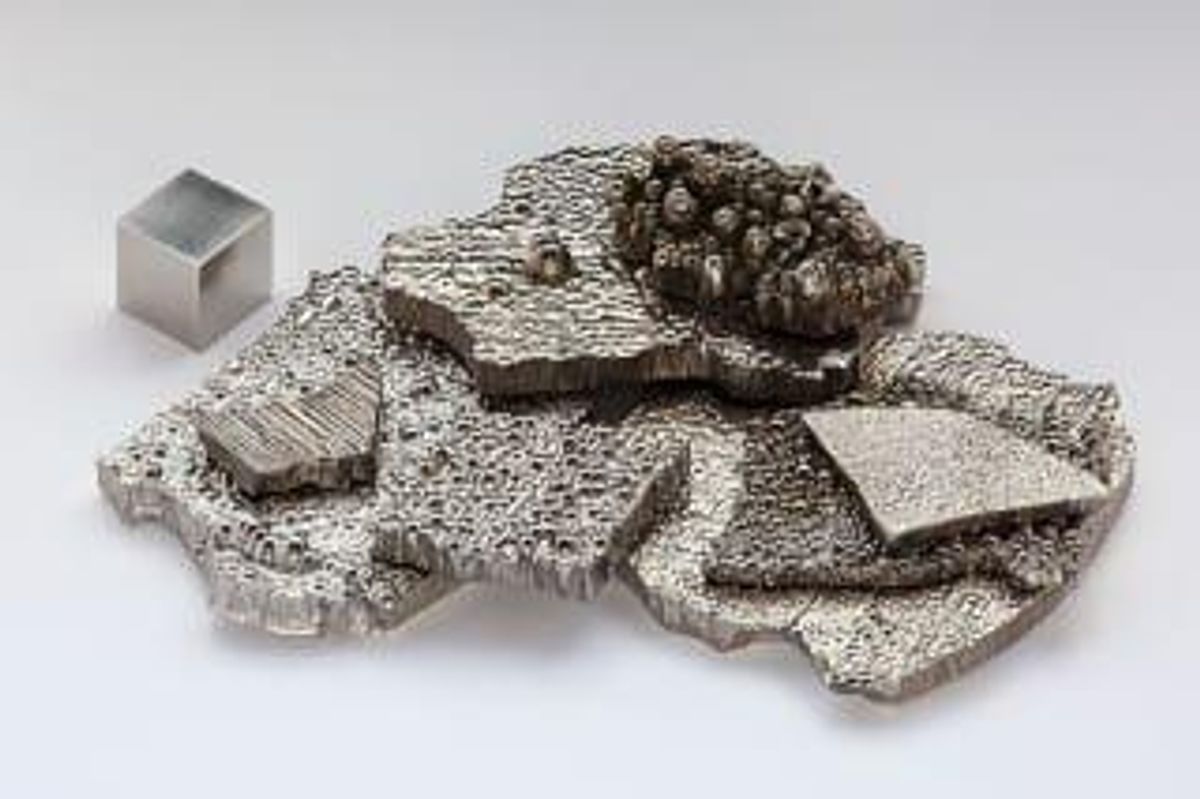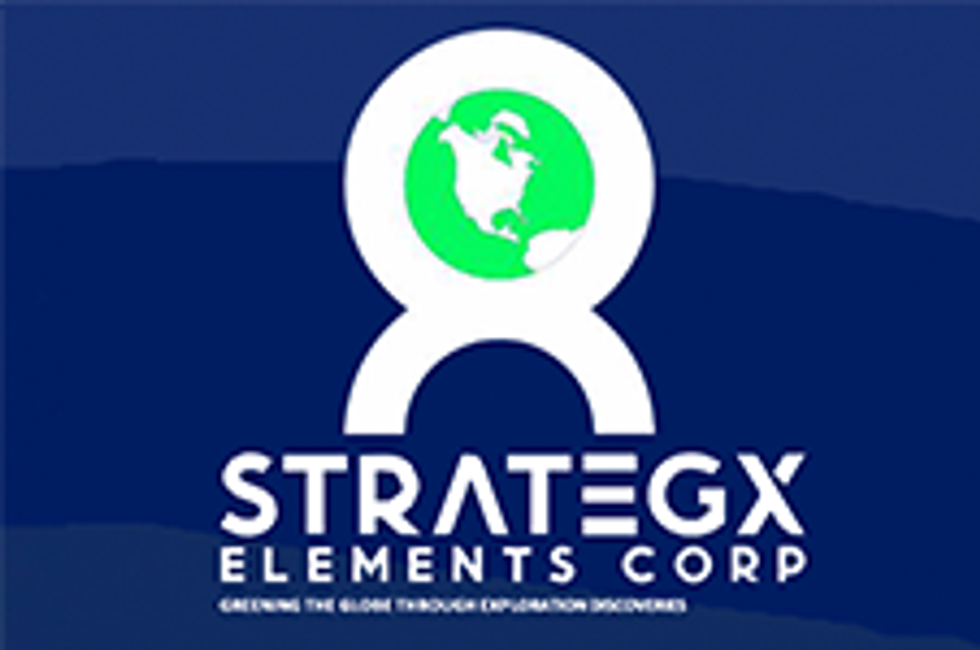5 Cobalt Producers Outside the Democratic Republic of Congo

Mining in countries that are more politically stable is becoming an attractive policy, and investors may start to look outside of the DRC for its cobalt resources as cobalt demand for batteries amps up. Here we profile five cobalt producers outside of the DRC.
The Democratic Republic of Congo (DRC) accounts for roughly 60 percent of global cobalt production, and has been the top producer of the metal for some time. However, the dangerous conditions in the DRC have dubbed the country’s mined minerals as “conflict minerals” or “blood metals.”
Mining in countries that are more politically stable is becoming an attractive policy, and investors may start to look outside of the DRC for its cobalt resources as cobalt demand for batteries amps up. With that in mind, here are five cobalt producers outside the DRC.
Huayou Cobalt (SHA:603799)
Market Cap: $16.67 billion
Huayou Cobalt has the cobalt smelting capacity of about 16,000 tons and is China’s largest cobalt producer. The enterprise focuses on the nonferrous smelting and deep processing of cobalt. Their main products include cobalt tetroxide, cobalt oxide, cobalt carbonate, cobalt hydroxide, cobalt oxalate, cobalt sulfate and cobalt monoxide.
Although it still depends on some mining projects in the DRC, it is branching out in China to become a leading global supplier. The company expects that its ternary precursor sales volume will reach 8,000-9,000 tons in 2016.
GEM Co. (SHE:002340)
Market Cap: $21.05 billion
Formerly Shenzhen Green Eco-manufacture Hi-tech, GEM held about 15,000 tons of cobalt metal in 2015. A leading Chinese enterprise in renewable resources, the company is principally engaged in the recovering and using of disused cobalt, nickel resources and electronics, as well as the production and distribution of superfine cobalt and nickel powder materials.The power battery materials recycling Center is China’s largest manufacturing center of cobalt battery materials.
In 2012, Gem acquired Jiangsu, which is the largest producer of cobalt oxide and the second largest producer of cobalt metal in China. Jiangsu produces cobalt oxide, lithium cobalt oxide, cobalt chloride and cobalt carbonate through its smelting facilities. The procurement has helped launch GEM into a leading position for cobalt production.
Glencore International (LON:GLEN)
Market Cap: GBP $29.15 billion
Glencore is one of the world’s largest global diversified natural resource companies and a major producer and marketer of more than 90 commodities. The group’s operations include approximately 150 mining and metallurgical sites, including copper, nickel, gold, platinum, palladium, and cobalt. Their operation in Nikkelverk, Norway is the largest nickel refinery in the western world.
Glencore’s refined cobalt output accounted for about 10 percent of global production in 2014, and reported that it had extracted 12.7 metric tonnes for the first half of 2016, a 27 percent increase compared to the first half of 2015.
Minara’s Murrin Murrin project is a major nickel-cobalt mining operation in the North Eastern Goldfields in western Australia. The company also holds a large amount of cobalt production in its Mopani mine in Zambia. With this in mind, it still relies on its Mutanda and Katanga mine in the DRC for some of its cobalt.
Umicore (EBR:UMI)
Market Cap: $6.16 billion
Umicore refines cobalt for its Cobalt and Specialty Materials (CSM) division at its facilities. The company has been refining and selling cobalt products since 1912, and has more than doubled reported its output since 2010. Presently, the company produces about 5,850 metric tonnes of cobalt a year and has mining operations in Belgium, Canada, China, Shanghai, and the US.
Revenues for the company’s energy and surface technologies sector increased by 20 percent and 30 percent, respectively, in 2015. The report attributed this growth to higher revenues in cobalt and specialty materials.
Sherritt International (TSX:S)
Market Cap: $249.80 million
Sherritt is a top 10 producer of finished cobalt, and its finished cobalt has a 99.9 percent purity – somewhat above the current London Metal Exchange specification of 99.3 percent.
For Sherritt, cobalt is a byproduct of their nickel mining. Material is mined from two ventures – Moa (Cuba) and Ambatovy (Madagascar) – and then shipped to Sherritt’s Fort Saskatchewan facility in Canada for refining. Sherritt has a 50 percent stake in the Moa Joint Venture and a 40 percent stake in the Ambatovy project.
The Moa Joint Venture is a vertically-integrated nickel and cobalt operation involving three companies: The Cobalt Refinery Company (CRC), International Cobalt Company (ICCI), and Moa Nickel SA.
The Ambatovy mine and refinery, which has put Madagascar on the world’s metal map, began commercial production began in 2014. Ambatovy is still ramping up to a targeted annual production of 60,000 tonnes of refined nickel and 5,600 tonnes of refined cobalt.
Sherritt reported that it had produced 1,952 metric tonnes of finished cobalt so far in 2016. The production amount is higher than originally estimated for the company.
Don’t forget to follow us @INN_Resource for real-time news updates!
Securities Disclosure: I, Sarah Jamieson, hold no direct investment interest in any company mentioned in this article.



